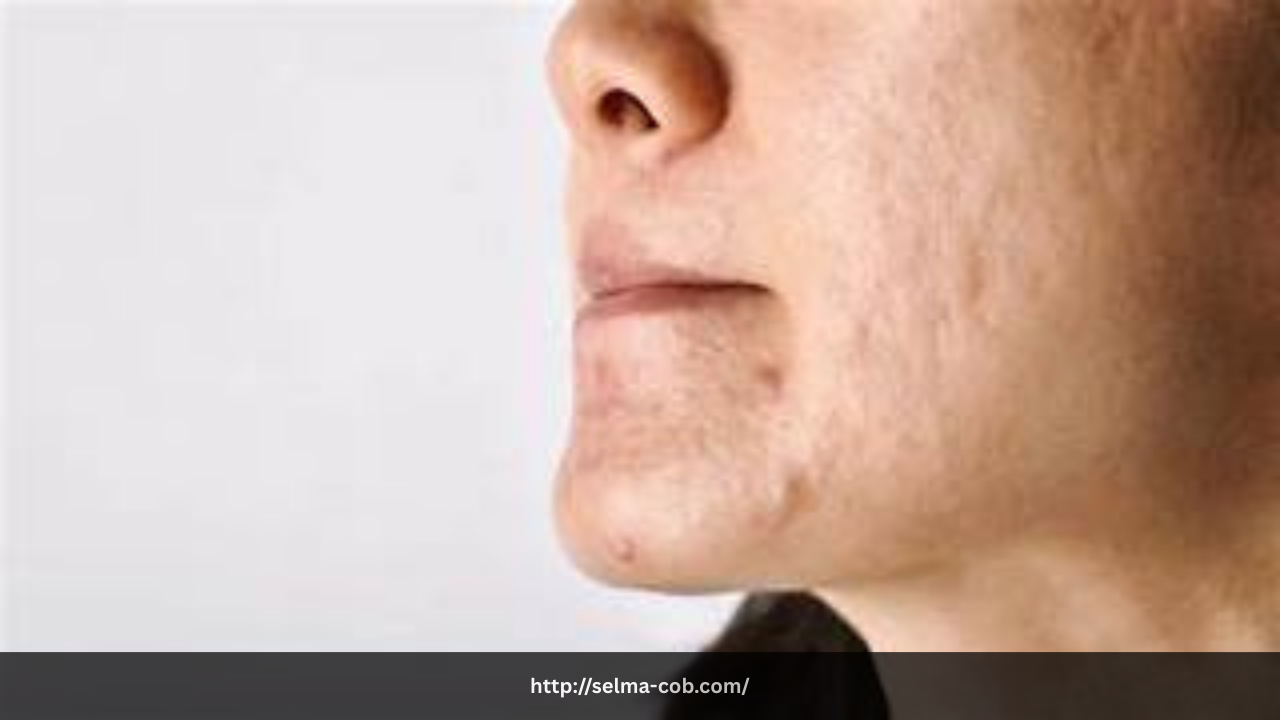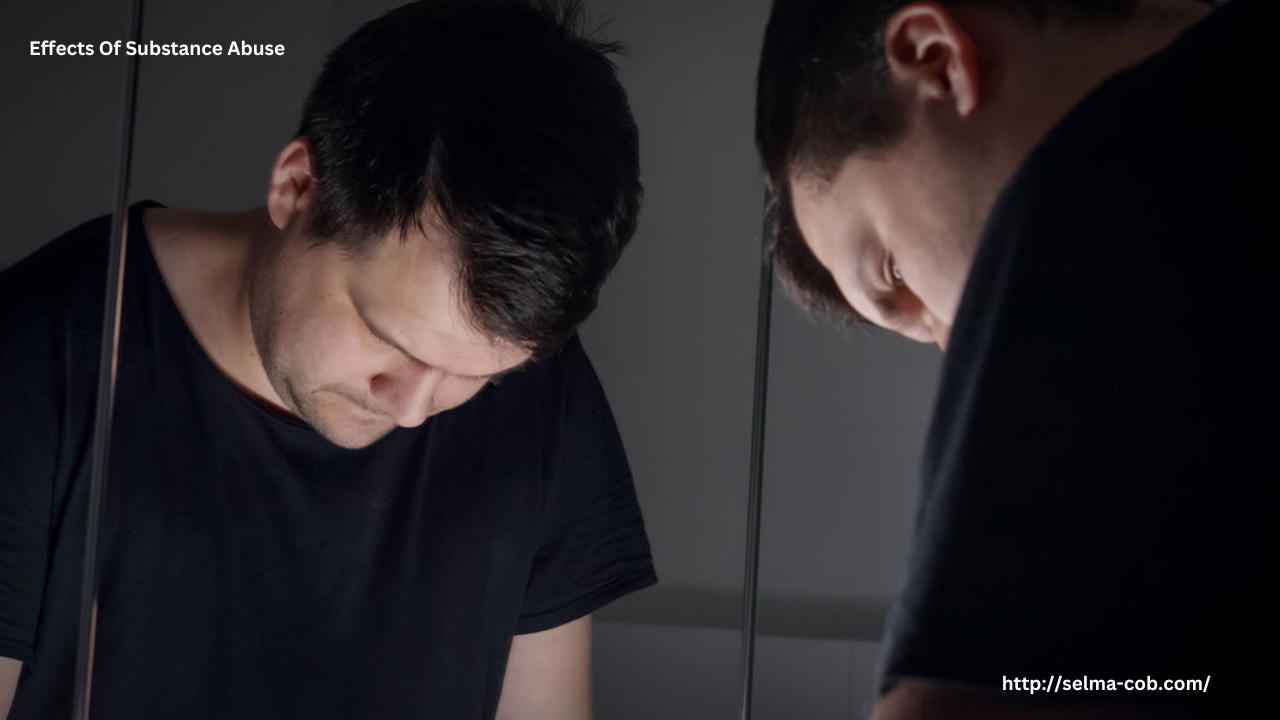Addiction is often portrayed in terms of its emotional and physical toll, but one of the most devastating yet overlooked effects is how it robs individuals of their natural beauty. Substance abuse not only damages internal organs but also wreaks havoc on the external body, leading to premature aging, skin disorders, hair loss, and dental problems. The hidden costs of drug use extend beyond health; they strip away the vitality and attractiveness that many once took for granted.
The Impact on Skin Health
The skin, the body’s largest organ, is one of the first areas to suffer from substance abuse. Drugs such as methamphetamine, heroin, and cocaine severely dehydrate the body, depriving the skin of necessary moisture and nutrients. As a result, users often develop dry, sagging, and discolored skin.
Methamphetamine users frequently experience “meth sores,” open wounds caused by obsessive picking due to hallucinations. These sores can become infected, leading to permanent scarring. Meanwhile, alcohol abuse inflames blood vessels, resulting in a ruddy complexion and the appearance of broken capillaries, especially around the nose and cheeks. Over time, the vibrant, healthy glow associated with youth fades, replaced by a dull, aged appearance.
Dental Deterioration
A bright, healthy smile can be one of the most attractive features a person possesses, but drug use can quickly destroy it. Methamphetamine, heroin, and cocaine users often suffer from “meth mouth,” a term describing severe tooth decay, gum disease, and tooth loss. Dry mouth, poor hygiene, and an increased intake of sugary foods all contribute to this devastating dental condition.
Alcoholics are also prone to dental issues. Chronic drinking weakens the immune system and decreases saliva production, both of which are essential for maintaining oral health. Over time, addiction can steal a beautiful smile, replacing it with damaged, discolored, or missing teeth.
Hair Loss and Nail Damage
Addiction often leads to nutritional deficiencies that affect hair and nails. Essential nutrients like biotin, iron, and zinc are crucial for maintaining thick, healthy hair and strong nails. Substance abusers typically neglect their diets, leading to brittle, thinning hair and weak, ridged nails.
Stress, common in those battling addiction, further exacerbates hair loss. Stimulants like cocaine and methamphetamine increase cortisol levels, disrupting the hair growth cycle and causing shedding and thinning. The result is a tired, unkempt appearance that can dramatically age a person.
Weight Fluctuations and Body Changes
Substance abuse often causes extreme weight fluctuations. Stimulants suppress appetite, resulting in rapid, unhealthy weight loss and a gaunt, frail appearance. On the other hand, alcohol and certain depressants can lead to bloating and significant weight gain, especially around the abdomen. These physical changes contribute to a general appearance of poor health, overshadowing the person’s natural beauty.
Conclusion
The hidden costs of addiction reach far beyond internal damage. They rob individuals of their beauty, vitality, and youthful appearance, leaving visible marks that are difficult to hide. However, there is hope. With proper treatment, nutrition, and care, it is possible to restore much of what was lost. Recovery offers not just a path to better health, but also a chance to reclaim the natural beauty that addiction tried to steal.









